Screens are everywhere, whether in the form of television, mobile, tablets, or watches. For working parents, handling a toddler with a device may seem the quickest way to keep them busy. Occasional screen time is that harmful, but research shows that excessive exposure to screens can affect sleep, social skills, and language development in young children. According to the American Academy of Pediatrics, toddlers under 2 years should avoid screen media, while children between 2-5 years of age should have no more than one hour of high-quality screen time per day. The good news is that there are countless screen-free fun activities for kids.
This raises a big question among parents: how to get kids off the screen? This article will walk you through engaging kids’ activities, creative solutions, and playful ideas that can turn home into a tablet-free learning playground.
Why Screen-Free Activities Matter for Toddlers
Considering tablets as harmless babysitters is tempting, but toddlers require real-world experience to grow. Early childhood is when critical skills, like problem-solving, motor coordination, and emotional regulation, are developed. Studies published in JAMA Pediatrics (2019) found that toddlers who had higher screen time showed delays in communication and language compared to kids engaged in screen-free play.
Screen-free activities allow toddlers to:
- Build problem-solving abilities through open-ended play.
- Develop imagination and creativity through crafts, pretend play, and exploration.
- Improve their attention span by engaging in real-world experiences and tactile experiences.
- Strengthen social skills by interacting with peers and parents.
In simple words, limiting screen time does not mean limiting fun. It means redirecting the child’s energy to meaningful activities at home that benefit both their development and bodies.
Also read about: Toddler Brain Boosters: Fun Activities for Learning Through Play
Indoor Screen-Free Fun Activities for Kids at Home

When the weather does not allow outdoor play, parents can still engage their child in screen-free activities indoors.
Arts and Crafts
Finger painting, coloring, or simple crafts like making a collage from old newspaper allow toddlers to express creativity while improving fine motor control. A study from the National Endowment for the Arts shows how art engagement in early childhood is linked to stronger problem-solving skills in later life.
Storytime Adventures
Reading books aloud allows toddlers to improve language, imagination, and rhythm. Taking it further, parents can use stuffed animals, puppets, or even act out certain scenes to make story time more interactive.
Indoor Obstacle Course
Use blankets, pillows, and exciting chairs to set up a fun course. Hopping over cushions or crawling under play tents burns energy and gross motor skills.
Music and Dance
Play music and let you and your toddler move freely. Dancing helps with coordination, self-expression, and rhythm. Child-friendly instruments like small drums and shakers can add even more excitement.
Classic Play Ideas that Never Get Old

Some of the best activities for kids don’t require elaborate setups or expensive toys. Classic games continue to engage toddlers because they are simple, stimulating, and hands-on.
Hide and Seek
This simple game is not just for fun. It helps toddlers understand object permanence, which is a key milestone in development. It also introduces them to patience and basic turn-taking.
Building with Blocks
Wooden blocks or LEGO Duplo sets encourage creativity, hand-eye coordination, and fine motor skills. According to a University of Delaware study, block play also supports early math skills such as problem-solving and spatial reasoning.
Pretend Play
Whether it’s pretending to be a doctor in a clinic, playing kitchen, or running a mini grocery shop, pretend play boosts imagination and teaches toddlers about real-life scenarios. Researchers from the University of Virginia highlight that pretend play also improves empathy and emotional regulation.
Outdoor Adventures That Spark Curiosity

Nature and fresh air provide some of the best screen-free fun activities for kids. Being outdoors not only sparks toddlers’ development but also stimulates their senses in a way no screen can.
Water Play
A bucket of water and some cups can provide endless entertainment on a sunny day. Water play supports hand-eye coordination, sensory exploration, and even early concepts of volume and measurement.
Nature Walks
Take a stroll in your neighborhood or nearest park. Collect flowers, leaves, and rocks and discuss their shape, species, color, and texture. Research from the University of Illinois shows that exposure to green surfaces reduces stress and improves attention in young children.
Gardening Together
Allow toddlers to dig in the soil, plant a seed, water it, and watch it grow. Gardening introduces many biological and ecological concepts. It also develops responsibility, curiosity, and patience over time.
Bonding Activities That Strengthen Connection
Other than development, screen-free activities for kids create opportunities for kids. Toddlers crave an emotional bond with parents and siblings, and quality time builds trust and security.
Family Yoga
Yoga with toddlers can be calming and entertaining. Simple poses, paired with deep breaths, help them release energy while learning focus.
Storytelling Together
Encourage your child to use their imagination and create their own story. Even if it’s a short story with few words, storytelling builds creativity, confidence, and language.
Cooking Together
Toddlers love helping in the kitchen. Simple tasks like washing fruits, pouring, and stirring teach practical skills while fostering responsibility. Studies show that including children in cooking improves healthy eating habits later.
Learning Through Play: Educational Screen-Free Activities
Not all activities are for fun purposes; many fun indoor activities also promote learning.
Puzzles
Shape sorters or simple wooden puzzles help toddlers with problem-solving and persistence. Research shows puzzle play is linked to spatial reasoning, which supports STEM learning later.
Sensory Bins
Fill a bin with rice, beans, or pasta and hide toys or other objects in it. Sensory bin encourages fine motor, exploration, focus, and skills.
Sorting Games
Give your toddlers colored blocks, toys, or blocks and ask them to sort by color, shape, and size. The sorting game develops classification skills and early mathematics understanding.
Simple Social Experiments
Safe experiments, like mixing baking soda with vinegar, spark curiosity and introduce toddler to use cause–and–effect thinking.
How to Get Kids Off Screens Without Struggles

Set Clear Limits
Explain screen rules in simple terms, like “one episode of a cartoon after lunch.” Stick to routines to avoid confusion.
Be a Role Model
Children imitate adults. If they see parents playing games, drawing, and reading instead of scrolling, they are more likely to follow screen-free activities.
Make Screen-free Time Fun
Instead of presenting it as a punishment, make it exciting: “Let’s build a fort together!”
Offer an Alternative Immediately
Give engaging options to distract them, such as coloring materials, puzzles, or outdoor play, so toddlers don’t feel bored once the screen is away.
Screens may seem like an easy fix for busy parents, but toddlers thrive best on hands-on, real-world experiences. From indoor crafts to outdoor adventures, there are countless screen-free activities for kids that nurture creativity, learning, and connection. By offering engaging alternatives, setting healthy boundaries, and actively participating, parents can raise children who not only enjoy fun activities at home but also develop the emotional, social, and cognitive skills they need for life.
The next time you’re tempted to hand over the tablet, remember: the most meaningful play doesn’t require a screen, it just requires time, patience, and imagination.
Know about: Tantrum Taming: How to Handle Toddler Meltdowns Calmly
Art kit:
Storybook:
Floor cushions:
Musical Instruments for Kids:
Blocks for Kids:
Pretend play Toys:
Puzzles:
Gardening Kit:
Frequently Asked Questions
1. Are screen-free activities enough to keep toddlers entertained for long?
Yes. When activities are in variation, such as movement plays, art and craft, and pretend games, toddlers remain stimulated and engaged for an extended period.
2. What if my child only wants the screen and refuses other activities?
Being consistent is the key. Involve your toddler in planning and arranging activities, give them choices, and join them in every play to make it more exciting and engaging.
3. How do I reduce my toddler’s screen time without causing a meltdown?
Start gradually. Replace one screen session a day with a fun activity like a short walk or coloring. Over time, children adjust better when they are offered engaging alternatives.
4. What role do outer activities play in reducing screen time?
Outer door play provides natural stimulation that a screen can’t offer. It encourages curiosity, physical activity, and better regulation of movements.
5. Can screen-free fun activities also be educational?
Absolutely. Sorting games, puzzles, and pretend play teach early math, language, and social skills, all without a device.


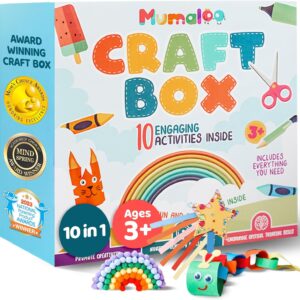
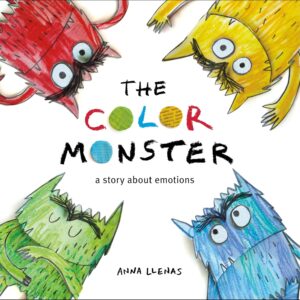

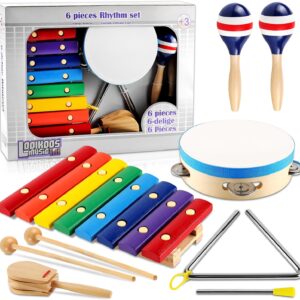

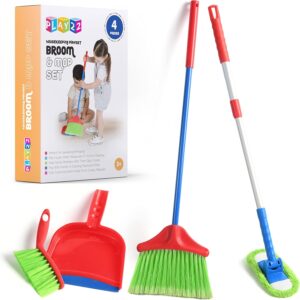

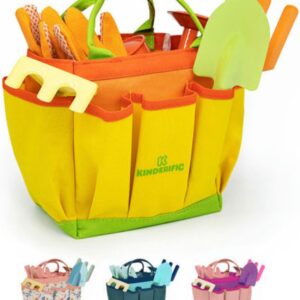
Add Comment